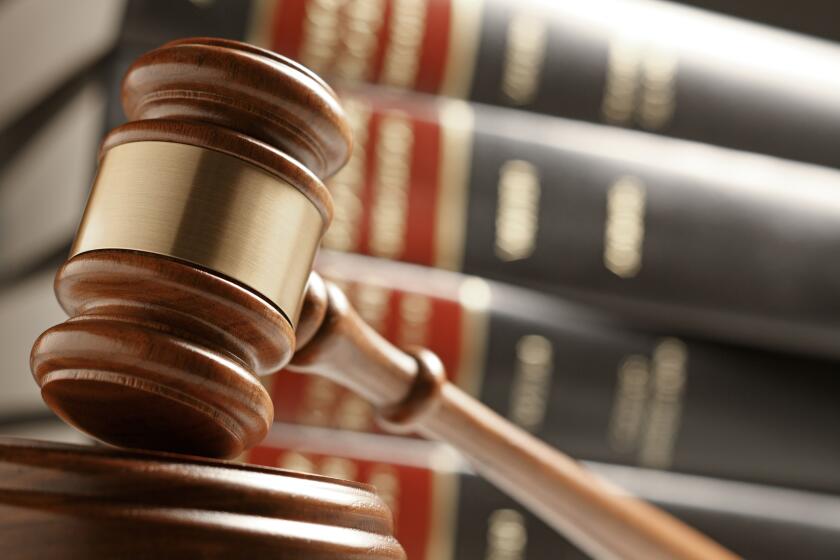Revealing artist’s secrets
- Share via
Like a magician exposing the secrets behind his tricks, Chuck Close reveals the tools and techniques used to produce his abstract yet realistic portrait-style prints in his new exhibition.
But in place of spoiled wonderment, visitors to the show will acquire enhanced appreciation for the artist’s work.
Opening at the Orange County Museum of Art today, the exhibit — Chuck Close Prints: Process and Collaboration — features more than 100 prints by the renowned hyperrealist, and aims to illuminate the creative process behind their production.
“With this exhibit, we are really trying to answer the question, ‘How does he do that?’ ” said Terrie Sultan, exhibition curator and director of the Blaffer Gallery, the University of Houston’s art museum. “Even after you know exactly how they are made, they’re still magical.”
In the manner that Georges Seurat produced images by juxtaposing tiny dots of paint, Close breaks down a photographic image into a grid pattern and reproduces it square by square with ink and a variety of matrices, including metal plates, wood blocks and stones.
Up close, much of his work appears as a lattice of abstractions, but the further one stands from a print, the more realistic its illustration becomes.
“With Close, what you have is someone who is a super realist and a completely abstract artist,” said Elizabeth Armstrong, Orange County Museum of Art’s deputy director of public programs and chief curator. “In prints, we really see the way he works abstractly and how he turns that into the illusion of reality.”
Unlike other portrait artists, Close is not interested in representing the overall character of his subjects, focusing instead on the physical qualities of their faces. For that reason, he refers to his works as “heads,” all of which feature close friends and family members.
One such friend is Oscar-nominated composer Philip Glass, who assisted Close in his studio before becoming famous. Close has several times revisited a series of photographs taken of Glass in 1969, using it as the source for two series of paintings and several etchings over two decades.
But the recurrence has more to do with the artist’s inclination to reconstruct reality and images than the desire to spotlight a friend.
“It’s been a privilege to be so close to such a profoundly creative and innovative artist,” Glass said by e-mail. “Though the paintings that resulted from the photos have nothing really to do with me, I, not so strangely, find the work that came from these photos both flattering and curious.”
Visitors to the exhibit can expect to walk away with an increased understanding of the instruments and methods involved in printmaking, Sultan said, emphasizing the art form is a collaborative effort with master printers, and every bit as challenging and involved as painting or sculpture.
And challenge is precisely the driving force behind Close’s work. As an artist, he creates problems for the sole purpose of resolving them in his work, constantly redefining his own limitations.
“He’s always pushed the limits in whatever he does,” Armstrong said. “Right from the beginning, he changed the print medium to do things that had never been done before.”
On a national tour since 2003, the exhibition was previously shown at the Metropolitan Museum of Art in New York.
At 2 p.m. today, Sultan will discuss the works involved in the show, as well as the creative processes Close uses in printmaking.
All the latest on Orange County from Orange County.
Get our free TimesOC newsletter.
You may occasionally receive promotional content from the Daily Pilot.



